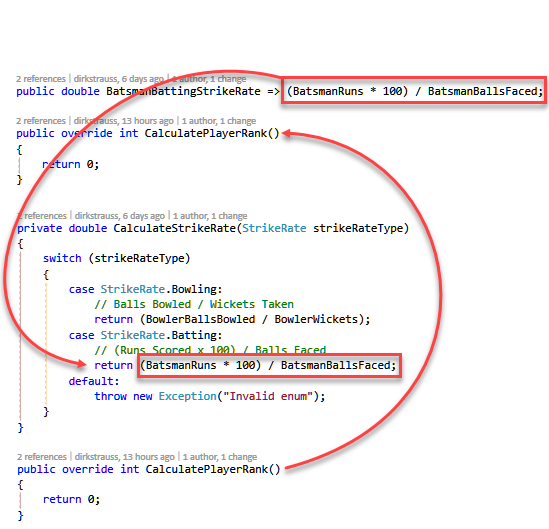

MakeAnimalSound(cheetah) // Cheetah makes a sound Here’s an example in JavaScript: class Animal makes a sound`)

The single responsibility principle states that a class, module, or function should have only one reason to change, meaning it should do one thing.įor example, a class that shows the name of an animal should not be the same class that displays the kind of sound it makes and how it feeds. The Single Responsibility Principle (SRP)
Single responsibility principle uml how to#
That is, helping software developers make changes to their code without causing any major issues. How to apply Single Responsibility Principle to a service class. But in the long run, the main aim of the principles is never defeated. Martin (A.K.A Uncle Bob) in a 2000 paper.įollowing these principles can result in a very large codebase for a software system. The SOLID design principles are a subcategory of many principles introduced by the American computer scientist and instructor, Robert C. Multiple reasons for change indicate more tightly-coupled designs that are more rigid and harder to maintain. The SRP dictates that classes should have only a single reason to change. And in the last 20 years, these five principles have revolutionized the world of object-oriented programming, changing the way. The Single Responsibility Principle (SRP) is one of five design principles of the SOLID design framework for object-oriented software design. As you can see in this UML: class IPhone has properties that can define an IPhone. So the responsibility is actually encapsulated within the class our class HAS-A Responsibility. These concepts were later built upon by Michael Feathers, who introduced us to the SOLID acronym. A class must have a specific responsibility and nothing else. Martin in his 2000 paper Design Principles and Design Patterns. In the coming sections, we’ll look at what each of those principles means in detail. The SOLID principles were introduced by Robert C. The Dependency Inversion Principle (DIP).The Interface Segregation Principle (ISP).The Liskov Substitution Principle (LSP).The Single Responsibility Principle (SRP).In this article, I’ll show you what the SOLID principles entail, what each part of the SOLID acronym means, and how to implement them in your code. Los 5 principios SOLID de diseño de aplicaciones de software son: S Single Responsibility Principle (SRP) O Open/Closed Principle (OCP) L Liskov Substitution Principle (LSP) I Interface Segregation Principle (ISP) D Dependency Inversion Principle (DIP) Entre los objetivos de tener en cuenta estos 5. These principles help software developers design robust, testable, extensible, and maintainable object-oriented software systems.Įach of these five design principles solves a particular problem that might arise while developing the software systems. SOLID is a set of five design principles.


 0 kommentar(er)
0 kommentar(er)
